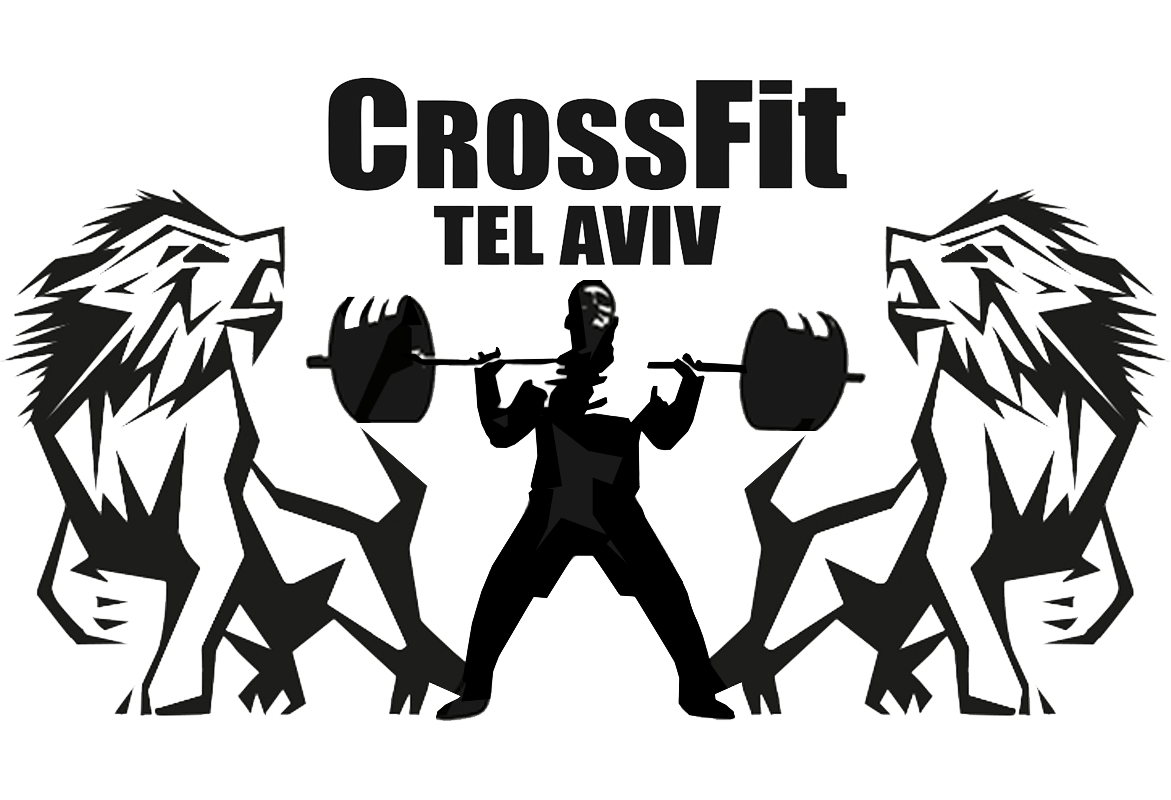How To Train Like an Athlete (Part I)
You have already decided that you WANT to train like an athlete at CrossFit Tel Aviv(“Train Like an Athlete”). Coach Yoni, as a part of series of articles written to help further educate the CrossFit and fitness communities in Israel, discusses exactly HOW to train like an athlete.
You will often hear myself and Maayan use the phrase “train like an athlete”. Following, is what exactly that means to me:
Watch professional athletes do their conditioning work; whether they are a fighter preparing for a Jiujitsu tournament, a football player preparing for the upcoming season, or a kick boxer preparing for fight night. And then compare them with the typical gym-goer. You will usually notice one major difference: the athletes seem calmer and more focused on the exercise despite the higher level of difficulty. In my opinion this happens for a very simple reason: the MMA fighter, the soccer player, the soldier preparing for his army service all know what they are doing and they are trying to do it well.
“Knowing what you are doing” sounds simple enough, but it is actually comprised of several different parts. These parts are experience, technical knowledge, proper mental preparation and proper physical preparation, optimal training time and recovery workouts. I will cover these over the span of a few different blog posts.
Lets take a closer look at these parts:
1. Experience
There really is only one way to develop this, and that is by accumulating a large volume of training time. However, all the hours, weeks and years in the world won’t help if you do not focus on what you are doing: knowing the names of exercises and all their different cues to the point where it is performed as a natural movement. An athlete who remembers to use the Valsalva maneuver to his advantage WILL LIFT MORE WEIGHT. Period. I’ve taught most if not all off my trainees the Valsalva maneuver during CrossFit Tel Aviv’s Elements class. Those who focused and listened, lift more weight today. Those who didn’t, don’t. It is that simple. This goes for all cues and emphasis points, and tenfold for safety cues.
2. Technical Knowledge
If you know why and how to perform a movement, you will perform it better and make greater gains. One way to gain information and knowledge is to wait for your coach to give it. A better way is to ask. Yet another way is to do your own research. The best way is to combine all three. You will encounter a movement in a class and the coaches will explain as much as we can without getting in the way of the workout, but the responsibility of being an educated athlete is on you. Ask questions. If there isn’t enough time during the workout to get the full answer, write the question down and e-mail it or just call and ask. Better yet, post it in the CrossFit Tel Aviv Facebook Group, that way the whole community can gain knowledge. And if you think there is still something you would like to know about exercise/sports physiology/ bio-mechanics etc., ask your coaches where to get that knowledge: which books are recommended and which seminars are worth going to (just to make this clear, you will ALWAYS have more to learn about these topics, for the rest of your life. This goes for every person on earth, so start asking. Today.). On that note, I will remind you that CrossFit Tel Aviv also has a library stocked with excellent books on everything from functional fitness, nutrition (Paleo!), kettlebells, Olympic weightlifting, anatomy, physiology and even TRX. Read them, its free.
3. Physical and mental preparation
A lot of times I will see athletes coming in 20 minutes early to do SMR (Self-Myofascial Release) and warmup properly. This serves a couple of purposes. The first is to physically prepare the body: by raising the core temperature, “physically warm up”, mobilizing the joints and stimulating the cardiopulmonary and central nervous systems. The second is to mentally “warm up” and get in the mindset of working out and feed off the energy of the people around you who are finishing their class. Not to mention that one of the major benefits of getting ready both mentally and physically will guarantee both better results and a vastly reduced chance of injury. This is not theoretical. Come in an observe for yourself who shows up early to warm up properly atCrossFit Tel Aviv: It is the runners preparing for the ultra-marathon. It is Tough Mudder Team Israel preparing for their upcoming Tough Mudder race. It is the basketball players, Olympic Weightlifters, soccer players and MMA fighters. It is the athletes.
Coming up in Part II of How to Train Like an Athlete: Optimal Training Time.



